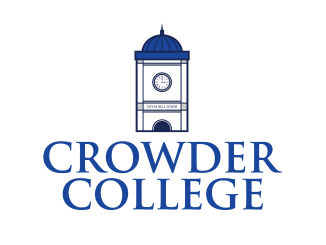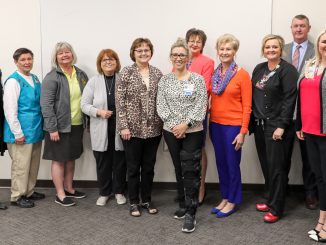
(Joplin, MO) – Missouri Southern State University, in collaboration with Missouri Biotechnology Association and Missouri Western State University, has been awarded a $2.3 million state appropriation known as Missouri Science to Jobs. The funds will be used to increase collaboration and educational opportunities via industry partnerships in the precision health and agricultural science fields.
Three Anatomage Tables and 12 VR licenses were purchased using these funds. The Anatomage Tables are interactive digital displays of real-life human and animal cadavers. These tables allow students to learn about anatomy from all stages of life by providing a nearly identical experience of viewing a real cadaver, and the VR licenses offer students views of many different anatomical structures within the body. The tables can be placed on the Cloud, which allows online classes access to enhance their education.
Dr. Suzanne Hull, director of MOSO CAPS — a program for high school students to receive work experience within their area of interest before even starting college — oversees the funds from the state appropriation.
“These devices will catapult students into several programs,” said Hull. “In addition to the on-campus cadaver lab, having access to digital cadavers and VR simulations will help set MSSU apart from other regional institutions.”
Various disciplines across campus will have access to the Anatomage Tables and the VR licenses to increase learning in areas such as allied health, pre-professional programs, and even MOSO CAPS. These resources will strengthen MSSU’s research capacity and instructional infrastructure in academic areas focused on health sciences.
“Now, we can take so many abstract concepts and move them into a space where we can make the ideas more concrete,” said Dr. Sherry Whiteman, the graduate program coordinator of healthcare administration. “We can move arms and legs to truly understand how the body moves, or we can even adjust heart rates and rhythms to see the effects on our patients and learn how we treat them — there are so many ways to apply these tools. This is one of the most exciting projects I’ve been a part of.”
Reference:
Missouri Southern State University
866.818.6778
info@mssu.edu








Be the first to comment